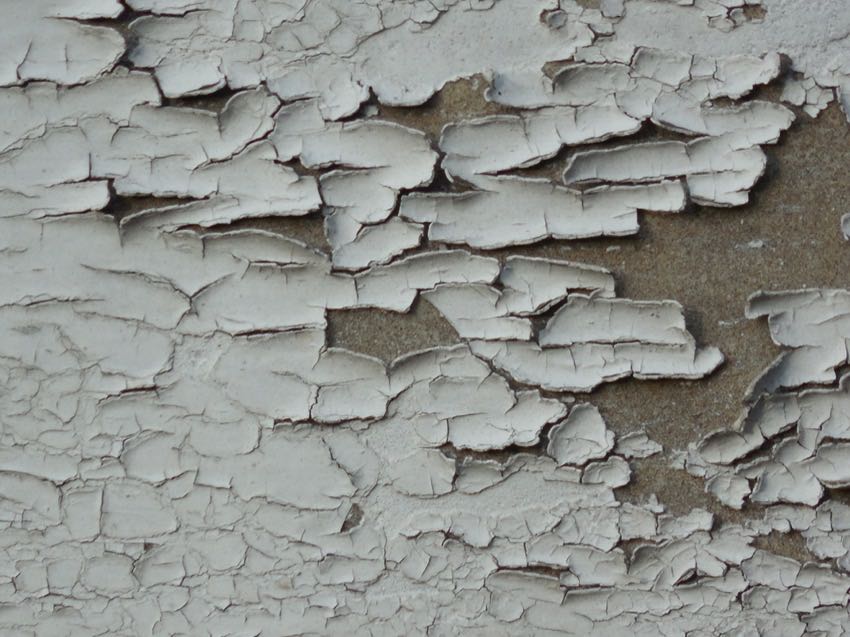The new EPA Lead Paint Renovation, Repair & Painting rules have been causing quite a stir, but the latest takes the cake. It seems that the current test kits available on the market are somewhat inaccurate. In fact, they indicate “false positives” of lead being present by as much as 72% of the time. The NAHB learned of the faulty EPA lead paint test kits late last month during a meeting to discuss their concerns regarding the implementation and enforcement of the lead paint rule.
EPA-Recognized Test Kits
Currently, a lead test kit can be EPA-recognized if it meets the negative response criterion of no more than 5 percent false negatives, with 95 percent confidence for paint containing lead at or above the regulated level, 1.0 mg/cm2 or 0.5 percent by weight. The recognition of such kits will last until EPA publicizes its recognition of the first test kit that meets both the negative response and positive response criteria outlined in the 2008 Renovation, Repair, and Painting (RRP) rule.
To-date enforcement and implementation have been great… on paper. As far as practical application, however, the EPA gets a failing grade. EPA officials are now preparing a new document detailing how they plan to issue fines for contractors and remodelers who violate the Lead: Renovation, Repair, and Painting rule. As we indicated earlier in our series on this new rule, the fines could range from $150 up to an astounding $37,500 per violation per day. It’s this vagueness of fines that the NAHB hopes to detail and document… and we’d like very much to know ourselves as well.
Requirements for Training and Certification
To recap, the new EPA rule went into effect April 22 and requires contractors and remodelers who work on any residential or commercial facility built before 1978 to undergo training and certification. In addition, they will be required to employ (sometimes controversial) EPA-defined “lead-safe” work practices unless the homes are tested and found to be free of lead paint. The reason this is a big deal is that roughly 78 million residential homes are caught by this new rule—and contractors and homeowners are left footing the bill.
See our lead-safe certification class article.
And now we find that the test kits are generating false positives at a rate of up to 72%. During the latest NAHB meeting, EPA officials confirmed that more accurate test kits failed to pass the “false positive” requirement, indicating the presence of lead. So much for progress. The NAHB did not know when more accurate kits would become available.
The three currently approved, but inaccurate, test kits (Lead Check, State of Massachusetts, and D-Lead) make the situation just a little bit difficult for contractors and homeowners.
As posted on the EPA website, the inaccurate kits will remain in use until new kits that meet both the EPA’s negative and positive response criteria are introduced.
Stats on EPA Training
- Trained to-date: 449,000 remodelers and contractors
- Certified firms: 53,000
- Certified training providers: 315
- Applications for new lead rule training providers: 200
- Online providers: 15
- Approved lead paint test kit manufacturers: 3
The NAHB has concerns that OSHA’s (Occupational Safety and Health Administration) job site safety regulations might conflict with some of the lead-safe work practices, One example is slipping hazards while using plastic sheeting. The EPA and OSHA reviewed the rule and have already made suggested changes to the training guides. These changes will be incorporated when the EPA updates its training material.
EPA Enforcement is a Mess
The EPA has issued a basic enforcement plan that vaguely scales the fines based on the details of the infraction, the record of the contractor, and their willingness to correct the issues. With a gap that goes from $150 up to $37,500 per violation per day – we’re not sure that’s satisfactory.
In some locals, government agencies have started denying permits when a firm has been unable to provide proof of EPA Lead Paint Removal certification. With the building and remodeling industry in the tank, this is the last thing we need for an economic recovery. So far, ten states have gotten on board, including Georgia, Rhode Island, and Massachusetts. All no doubt value the environmental impact… and of course the potential for enforcement fines and revenue-generation.


